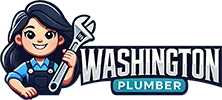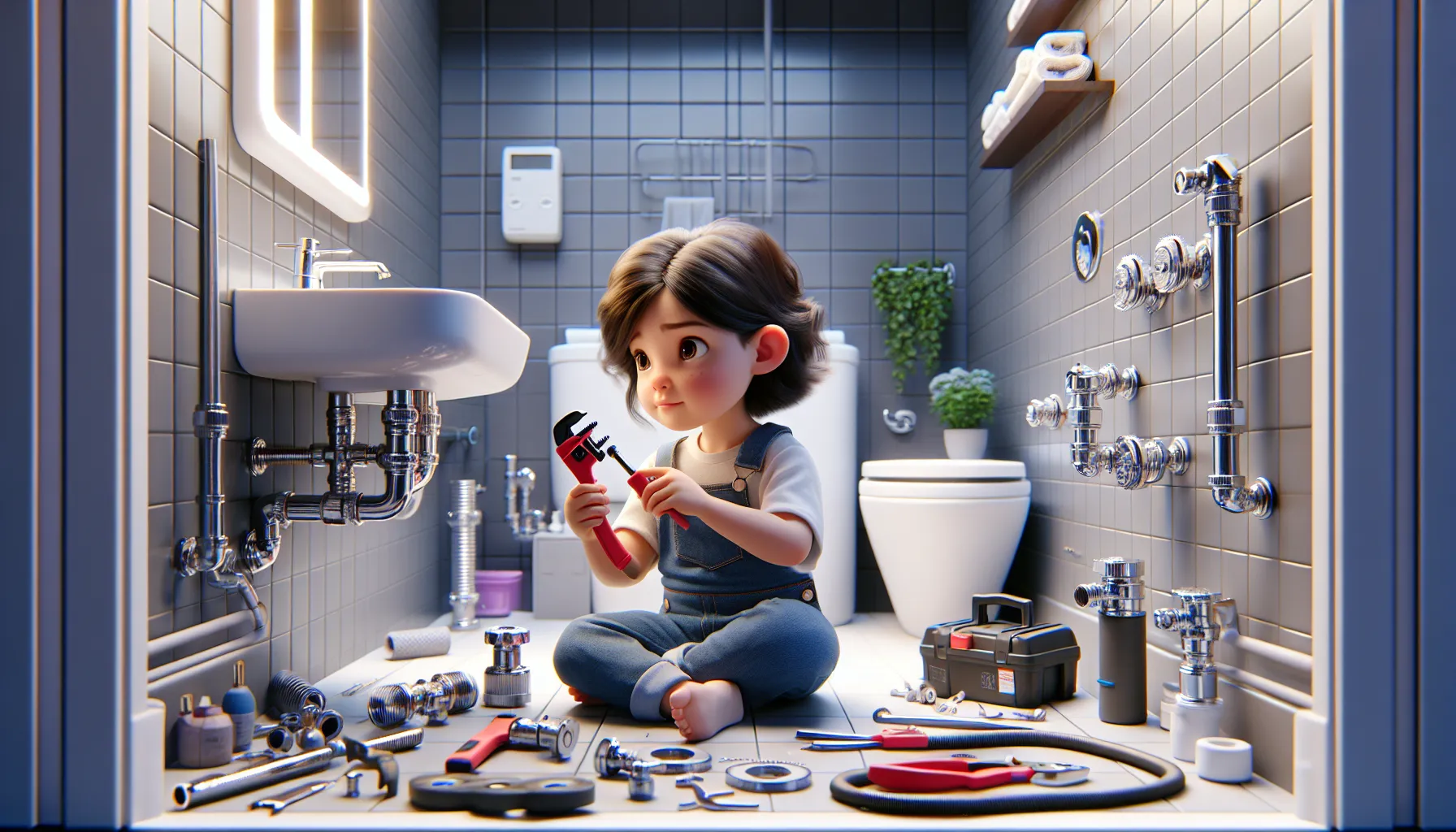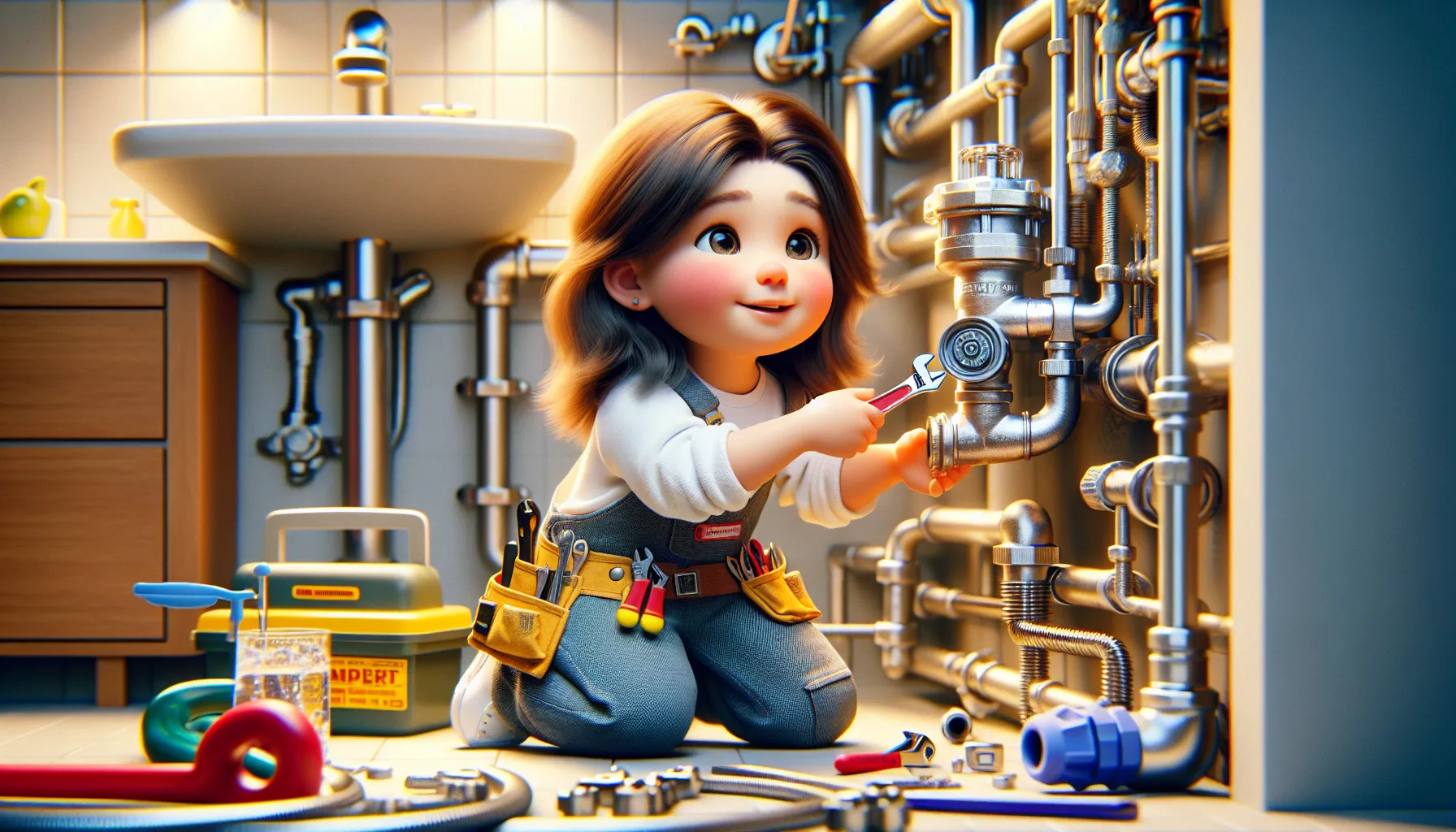It’s no secret that plumbing issues can be a major headache for homeowners. From leaky faucets to clogged drains, the need for a plumber can quickly become urgent. However, many common plumbing problems can be tackled by the average DIYer with the right tools and knowledge. By learning how to handle these basic tasks on your own, you can save time and money, while gaining valuable skills that will serve you well in the future.
Some simple DIY plumbing projects that you can take on include fixing a leaky faucet, unclogging a drain, or replacing a showerhead. With the proper guidance and precautions, you can successfully complete these tasks without the need to call a professional. Note, knowing when to tackle a project yourself and when to call in an expert is key to maintaining a functional and efficient plumbing system in your home.
Key Takeaways:
- Basic plumbing skills are crucial: Having basic plumbing knowledge can help you tackle simple DIY plumbing projects with confidence.
- Invest in quality tools: High-quality tools can make a big difference in the outcome of your DIY plumbing projects.
- Don’t underestimate the importance of safety: Always make safety a top priority when working on DIY plumbing projects to avoid accidents and injuries.
- Start with small projects: Begin with smaller plumbing projects like fixing a leaky faucet or unclogging a drain to build your skills and confidence.
- Know when to call a professional: While DIY plumbing can be rewarding, it’s important to recognize when a project requires the expertise of a professional plumber.
Understanding Plumbing Basics
One of the crucial components of a functioning home is its plumbing system. Understanding the basics of how plumbing works can empower you to tackle DIY projects and handle minor repairs with confidence. From the flow of water to the tools used for different tasks, a grasp of plumbing fundamentals is the foundation for successful projects.
Plumbing Systems 101: How Your Home’s Plumbing Works
On a basic level, your home’s plumbing system comprises two main subsystems: the water supply system and the drainage system. The water supply system brings fresh, potable water into your home through pipes connected to the municipal water supply or a well. This water is distributed to fixtures like sinks, showers, and toilets. Once the water is used, the drainage system removes wastewater through a series of pipes that lead to the sewer or a septic tank.
Tools of the Trade: Essential Equipment for DIY Plumbing Tasks
On plumbing projects, having the right tools can make all the difference in the successful completion of a task. Some crucial equipment every DIY plumber should have includes a set of adjustable wrenches, pipe wrenches, pliers, pipe cutters, and a plunger. These tools enable you to tackle a wide range of tasks, from fixing leaks to replacing fixtures. Investing in quality tools will not only make your projects easier but also ensure safety and accuracy in your work.
Common DIY Plumbing Projects
Fixing Dripping Faucets and Leaky Pipes
It is common for homeowners to encounter dripping faucets and leaky pipes. Ignoring these issues can lead to water wastage and potential water damage in your home. Fixing a dripping faucet usually involves replacing a worn-out washer or O-ring, which is a relatively simple task that can be done without professional help. Similarly, leaky pipes can often be fixed by tightening fittings or replacing damaged pipes.
Unclogging Drains and Toilets Without Chemicals
On occasion, drains and toilets may get clogged due to buildup of hair, grease, or foreign objects. Using chemicals to unclog drains can be harmful to your pipes and the environment, so it’s best to try alternative methods first. Plungers and drain snakes are effective tools for clearing clogs without causing damage, and they are safe to use on most types of pipes.
This avoids the need for harsh chemicals that can corrode your pipes over time. By utilizing these simple tools, you can effectively clear most clogs and keep your plumbing system in good working condition.
Advanced DIY Plumbing Tasks
All plumbing enthusiasts can take their skills to the next level by tackling more advanced DIY plumbing tasks. These projects require a bit more knowledge and expertise but can be rewarding when completed successfully.
-
Installing New Faucets and Showerheads
Task Details Tools Needed Adjustable wrench, plumber’s tape, screwdriver Steps Turn off water supply, remove old faucet/showerhead, clean the area, install new fixture, check for leaks Replacing Toilets and Repairing Toilet Components
Advanced DIY plumbers can also take on the task of replacing toilets and repairing various toilet components. This project involves disconnecting and removing the old toilet, ensuring correct installation of the new toilet, and fixing any issues with the flushing mechanism.
Replacing Toilets and Repairing Toilet Components
Faucets and showerheads are relatively easy to install compared to replacing toilets and repairing toilet components. However, with the right tools and guidance, DIY enthusiasts can successfully complete these tasks.
Components like the flapper valve, fill valve, and flush handle are crucial for a toilet to function properly. It’s imperative to properly maintain and replace these components as needed to prevent leaks, running toilets, and other common issues. With the proper knowledge and tools, homeowners can tackle these repairs confidently.
Pipe Work – Modifications and Fixes
Cutting and Joining Pipes: Copper, PVC, and PEX
Not everyone realizes that with the right tools and know-how, cutting and joining pipes can be a manageable task. One of the most commonly used types of pipes in plumbing are copper, PVC, and PEX. Each material requires different techniques for cutting and joining.
Dealing With Frozen Pipes and Preventing Future Freeze-ups
Pipes are vulnerable to freezing temperatures, especially during winter months. One of the common issues faced by homeowners is dealing with frozen pipes. Joining sections of pipes poorly or using insufficient insulation are some reasons why pipes freeze. To prevent this, make sure to insulate pipes in unheated areas, keep garage doors closed, and allow faucets to drip slowly during cold snaps.
Water Heater Maintenance
Draining and Flushing Your Water Heater
Your water heater is a crucial appliance in your home, and regular maintenance is key to ensuring it functions efficiently. Draining and flushing your water heater at least once a year helps remove sediment buildup, which can cause the unit to work harder and less effectively. This simple task can extend the life of your water heater and improve its performance.
Replacing Heating Elements and Thermostats
Regular maintenance can also include replacing heating elements and thermostats when necessary. If you notice issues with your water heater such as inconsistent water temperature or strange noises, it may be time to replace these components. It’s vital to follow manufacturer guidelines and safety precautions when performing this task to avoid any accidents or damage to the unit.
Any replacement of heating elements or thermostats should be done carefully, ensuring that all power to the unit is turned off before starting the process. These components play a vital role in regulating the water temperature and ensuring the proper functioning of your water heater.
Outdoor Plumbing Projects
Despite being often overlooked, outdoor plumbing is just as important as indoor plumbing when it comes to maintaining your home’s functionality. Taking care of outdoor plumbing projects can save you time and money in the long run, and many of these tasks can be accomplished on your own with the right knowledge and tools.
Maintaining Outdoor Faucets and Fixtures
Any homeowner can attest to the frustration of a leaky outdoor faucet or a malfunctioning sprinkler system. Regularly maintaining outdoor faucets and fixtures can prevent these issues from occurring and ensure that your outdoor plumbing system is running smoothly. Check for any leaks or cracks in the faucets and replace worn-out washers or gaskets to prevent water wastage. Additionally, make sure to insulate outdoor pipes in colder months to prevent freezing and potential bursts.
Installing and Repairing Sprinkler Systems
Plumbing plays a crucial role in the installation and repair of sprinkler systems in your yard. Whether you are looking to upgrade your current system or fix a damaged one, having a basic understanding of plumbing is vital. When installing a new sprinkler system, it is important to properly lay out the pipes and ensure they are securely connected to prevent any leaks. Identifying and repairing leaks promptly can help you conserve water and avoid potential flooding in your yard.
Another key aspect of maintaining sprinkler systems is adjusting the water pressure and direction of the sprinkler heads to ensure even coverage of your lawn or garden. Regularly checking and cleaning the sprinkler heads can prevent clogging and maintain the efficiency of the system.
Summing up
So, for those looking to save money and take on some home improvement projects, DIY plumbing can be a great way to tackle minor issues yourself. With the right tools, knowledge, and caution, projects such as fixing a leaky faucet, unclogging a drain, or replacing a toilet can be done without needing to call a professional plumber. It’s important to always prioritize safety and know your limitations, however, as more complicated plumbing issues should always be handled by a trained professional.
FAQ
Q: What are some common DIY plumbing projects I can do myself?
A: Some common DIY plumbing projects you can do yourself include fixing a leaky faucet, unclogging a drain, installing a new toilet or sink, and replacing a showerhead.
Q: What tools do I need for DIY plumbing projects?
A: Basic tools you may need for DIY plumbing projects include a pipe wrench, adjustable wrench, plunger, pipe cutter, screwdrivers, and tongue-and-groove pliers.
Q: How can I prevent plumbing issues in my home?
A: To prevent plumbing issues in your home, it is important to avoid putting grease or harsh chemicals down the drain, regularly check for leaks, and properly insulate pipes in cold weather.
Q: When should I call a professional plumber instead of attempting a DIY project?
A: You should call a professional plumber if you are dealing with major issues such as a burst pipe, sewer line problems, or if you are unsure about how to proceed with a plumbing project.
Q: Are there any safety precautions I should take when doing DIY plumbing work?
A: Yes, when doing DIY plumbing work, it is important to wear protective gear such as gloves and safety goggles, turn off the water supply before starting any work, and be cautious when working with tools and equipment.


